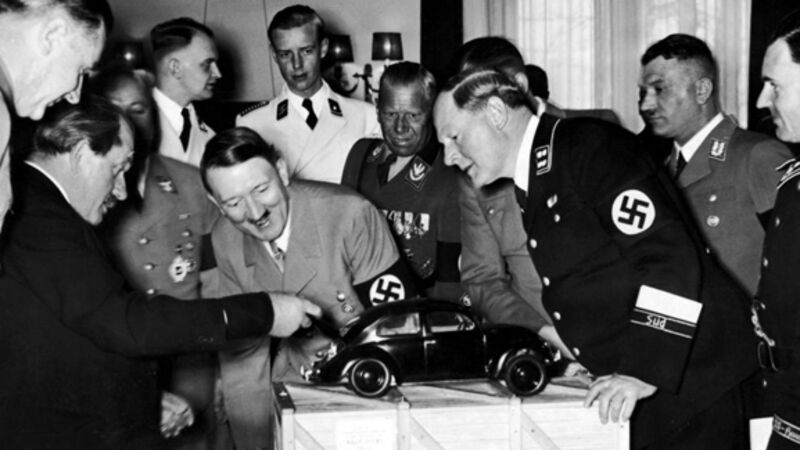Vintage view: Ferdinand Porsche’s VW Beetle

here are few profiles more instantly recognisable than the beaky over-bite of this motor vehicle.
The most manufactured car in the world, following a single design , the VW Beetle or Kafer is a mechanical and social icon, running all the way from the Nazis to the noughties.













